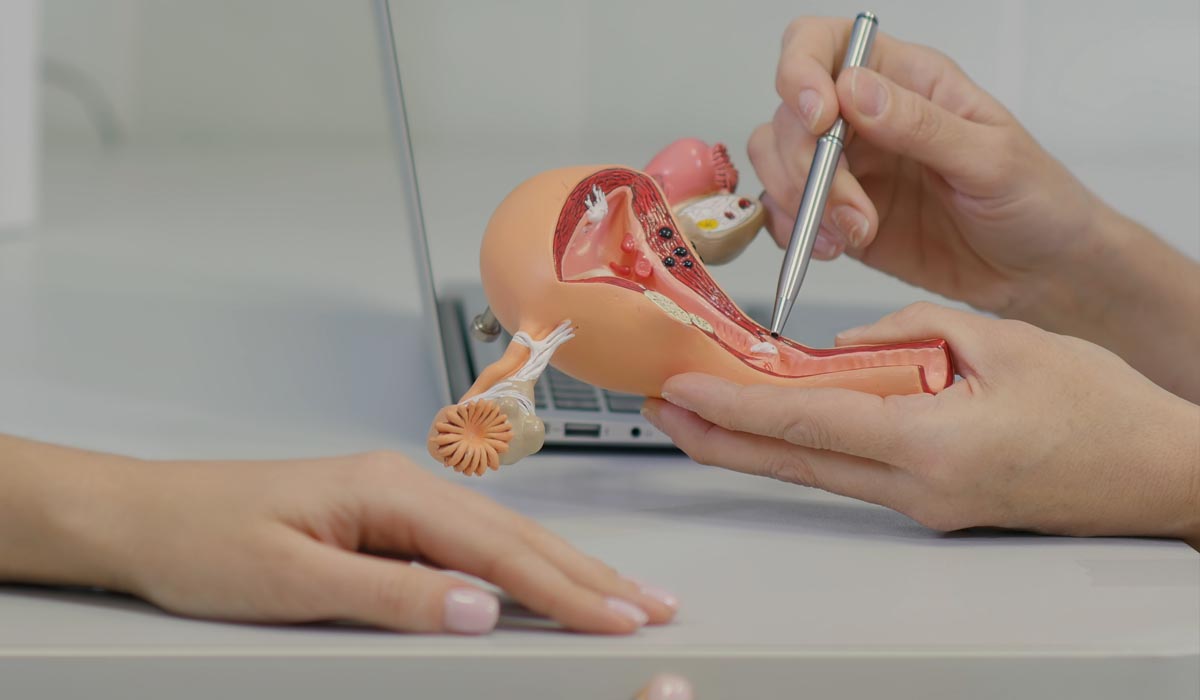✨Book online and enjoy a 5% discount on your first consultation
Home » Gynecology Services » Tubal Ligation

Tubal Ligation
Tubal ligation, commonly known as tubal sterilization or having your tubes tied, is a method of permanent birth prevention. The fallopian tubes are cut, tied, or plugged during tubal ligation to prevent conception permanently.
Tubal ligation stops an egg from moving from the ovaries to the fallopian tubes while also preventing sperm from going up and meeting the egg. Your menstrual cycle is unaffected by the treatment.
Tubal ligation is a procedure that can be performed at any time, including after childbirth or in conjunction with another abdominal surgery, such as a C-section. The majority of tubal ligation operations are irreversible. If the reversal is attempted, it necessitates extensive surgery and is not usually successful.
Possible Causes
Tubal ligation is generally performed when the couple is looking for a permanent solution for birth prevention.
Risk Factors
There are no risk factors that lead to tubal ligation.
Signs and symptoms
Tubal ligation is an elective surgery and not a cure for any disease. Thus, there are no signs of symptoms that encourage tubal ligation.
Diagnosis
The gynecologist asks you to get some tests done before the surgery. The major tests are:
Treatment Options at 7DMC
Tubal ligation is a safe and efficient method of preventing pregnancy. At 7DMC, we recommend this method of birth control as a smart idea if you:
When you come to see us, our experienced team of gynecologists and medical professionals will guide you through this process so that you can achieve maximum health. Not only will your questions be addressed in a helpful manner, but your case will be handled with care, delicacy, and tact, allowing you to relax in the knowledge that you are in good hands.
Tubal ligation can be performed in the following ways:
Preparation for the surgery includes the following steps:
In most situations, your doctor will make a second tiny incision in the abdominal wall to implant specific tools. These devices are used by your doctor to close the fallopian tubes by damaging or obstructing them with plastic rings or clips.
If you undergo a tubal ligation following vaginal birth, your doctor will most likely make a tiny incision beneath your belly button to provide easy access to your uterus and fallopian tubes. Your health care practitioner will utilize the incision that was created to deliver the baby if you undergo a tubal ligation during a C-section.
Before you leave the hospital, our health care practitioner will talk to you about how to manage any post-procedure discomfort.
You can wash 48 hours after the operation, but don’t massage or stretch the incision. After washing, carefully dry the incision.
For most patients, it takes about 4 weeks for complete recovery after tubal ligation. Though you won’t see much on skin level, the body goes through internal healing. However, you can be discharged just the next day after the surgery.
For aftercare of tubal ligation, surgery doctors suggest not to lift anything heavier for about 10 days. The patient must also refrain from doing exercises for 10-15 days. They can resume to light workout after that period.
A tubal ligation surgery restricts the movement of an egg from the ovaries to the uterus. Thus they do not have contact with sperm. However, women still ovulate after tubal ligation. The eggs released by the ovaries get blocked at the tied sight. The mature egg is designed to die naturally if not fertilized. Chemicals inside the cell reduce the egg to small vesicles. These tiny particles get absorbed by the body.
Near Dubai Miracle Garden,
Diamond Business centre A,
1st Floor,
Arjan, AI Barsha,
Dubai.
WhatsApp us